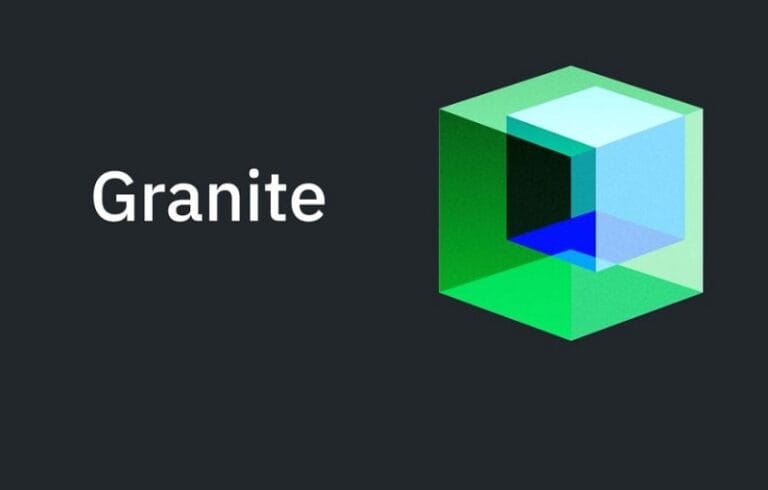In its quest to carve out a niche in the enterprise AI market, IBM is introducing a new family of its Granite AI models. These models include experimental reasoning capabilities and visual processing capabilities.
This reports SiliconANGLE. The new model family includes the flagship Granite 3.2 Instruct model, a text-based large language model available in 8B and 2B versions. IBM designed this model for tasks such as summarization, problem solving, and code generation and optimized it to follow instructions.
This type of model is particularly suitable for developing AI assistants and agents. The manufacturer trained both variants with chain-of-thought reasoning, similar to other leading models. However, IBM designed them to be smaller and more efficient.
A notable feature of the models is that reasoning capabilities can be programmable to turn on and off. Instead of releasing separate reasoning models, IBM developed one that is both a conversational model and a reasoning model. Since reasoning requires a lot of processing power, disabling it at runtime provides significant energy savings.
Reward system for LLM
Reasoning models analyze problems step by step, a method known in the industry as chain of thought. Since the introduction of DeepSeeks R1, the demand for such models has increased dramatically. Most reasoning models scan an entire reasoning space to find the best logical route before generating a final answer. IBM, however, developed an innovative inference technique that improves computational efficiency. It does so by adding a reward system.
This system uses an additional assessment model that adjusts the LLM to the most likely correct outcome in real time. Thanks to a clever search technique, which allows the system to search the entire reasoning space, IBM was able to develop a smaller and more efficient reasoning model compared to R1, which performs this process all at once.
IBM states that Granite 3.2 8B can compete with larger models such as Claude 3.5 Sonnet and OpenAI GPT-4o on mathematical reasoning tests such as AIME2024 and MATH500.
More efficient security model
In addition to the reasoning models, IBM also introduced Granite Vision 3.2 2B. This multimodal model with computer vision functionality is designed to help companies with visual document analysis.
Granite Vision can perform a variety of visual tasks but excels, especially in document processing. Many visual language models (VLMs) are optimized for general vision tasks but do not score as well on optical character recognition (OCR) and text extraction. IBM’s engineering team, therefore, spent considerable time training Vision 3.2 on unique visual features such as layouts, fonts, diagrams and infographics.
In addition, IBM introduced Granite Guardian 3.2. This is the latest model in its suite of AI security models, designed to detect risk in prompts and responses. It performs similarly to its predecessor (3.1) but is faster and cheaper to use.
A key improvement in Guardian 3.2 is the introduction of verbalized confidence. The model indicates not only a binary yes or no but also a confidence level such as high or low. This helps developers better judge whether to trust or reject an AI outcome.
In addition to the updated 8B version, IBM also released two new model sizes: a slimmed-down 5 billion-parameter version, which provides almost the same performance as the original, and Granite 3.2 3B-A800M, a model based on the Mixture-of-Experts technique, which activates only 800 million of its 3 billion parameters at a time to reduce costs without sacrificing performance.
Advanced trend forecasting
Finally, IBM introduced a new compact time series model called Granite Timeseries, or Tiny Time Mixers. The latest variant, Granite-Timeseries-TTM-R2.1, expands its capabilities to include daily and weekly forecasts up to two years ahead.
Time series models are particularly useful for forecasting long-term trends in finance, economics, supply chain management and seasonal inventory planning in retail.
